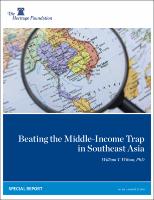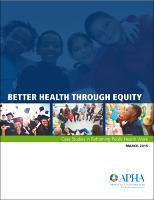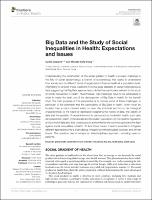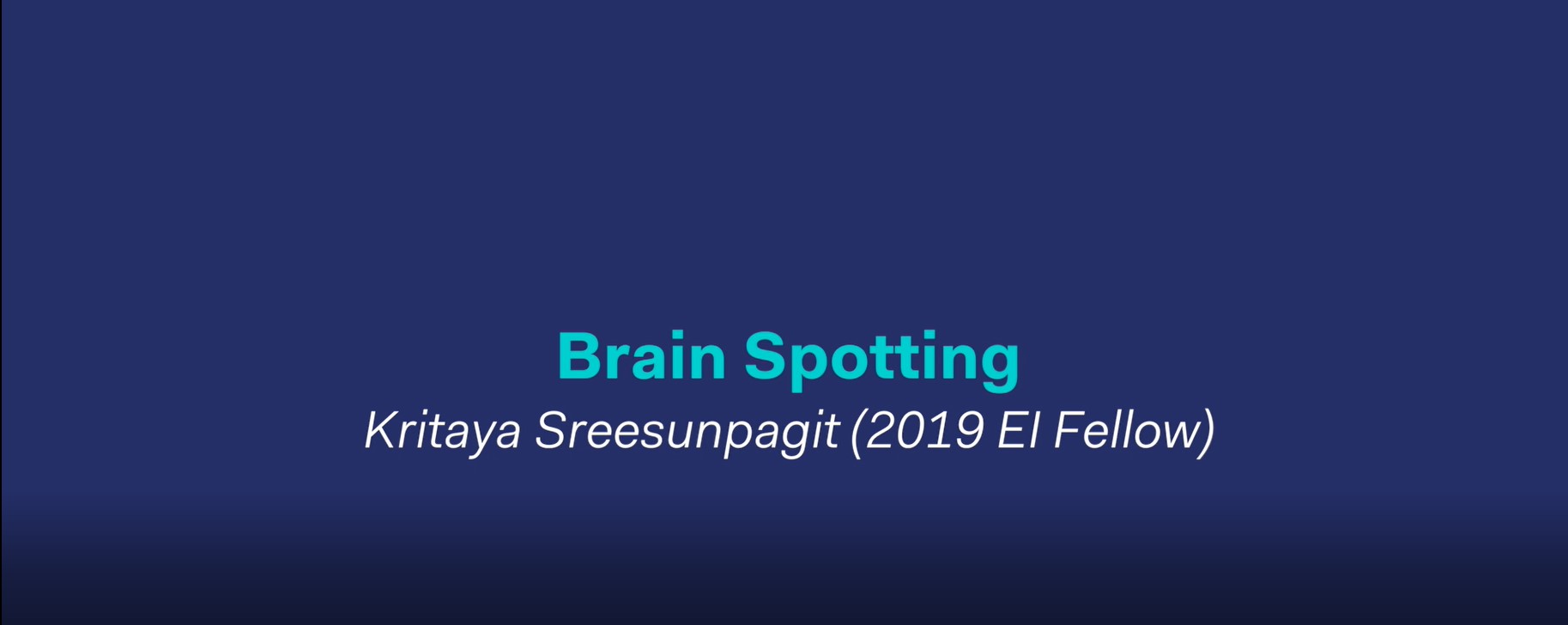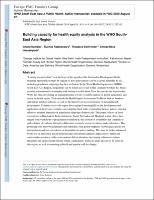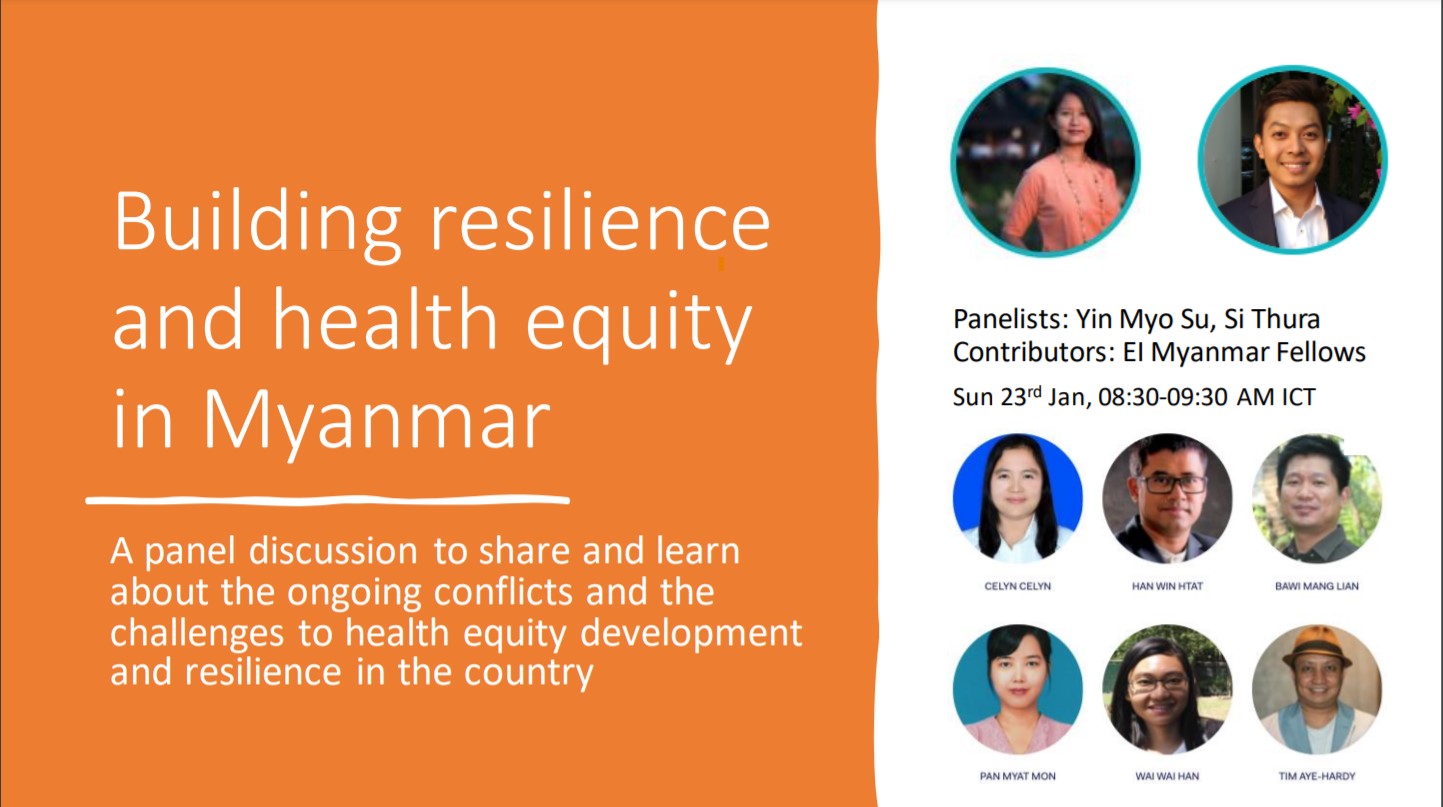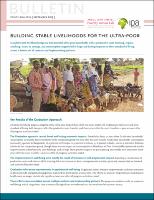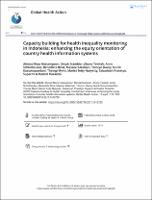Browsing by Title
Now showing items 40-59 of 299
-
Balancing Reproductive and Productive Responsibilities: Childcare Strategies Implemented by Migrant Mothers in the Thailand–Myanmar Border Region
(2021-12-17)
Background: In Myanmar, formerly known as Burma, conflicts between ethnic minorities, the government, and the military have been ongoing for decades. Enduring unrest has caused thousands to flee to the region around Mae Sot, a city on Thailand’s western border. Women around the world assume a combination of reproductive and productive responsibilities, and during situations of armed conflict and displacement, conditions for women often worsen. This study investigated the parenting experiences of female migrants from Myanmar living in protracted ... -
Barriers and facilitators to neonatal health and care-seeking behaviours in rural Cambodia: a qualitative study
(2020-05-19)
Objectives: Neonatal mortality remains persistently high in low-income and middle-income countries. In Cambodia, there is a paucity of data on the perception of neonatal health and care-seeking behaviours at the community level. This study aimed to identify influencers of neonatal health and healthcare-seeking behaviour in a rural Cambodian province. Design: A qualitative study using focus group discussions and thematic content analysis. Setting: Four health centres in a rural province of Northern Cambodia. Participants: Twenty-four focus ... -
Beating the Middle-Income Trap in Southeast Asia
(The Heritage Foundation, 2014)
Since 2000, Southeast Asia has had some of the fastest growing economies in the world. Indonesia’s economy has enjoyed 6 percent annual growth—but will its lack of infrastructure and its commodity dependence soon reveal some cracks in its economy? The remarkable growth in the Philippines will not last unless domestic investment is elevated. Thailand’s growth has stalled amid political turmoil, and it is currently in a classic credit bubble. Vietnam still generates impressive growth, but it has a banking problem, high inflation, and ubiquitous ... -
Better Health Through Equity: Case Studies in Reframing Public Health Work
(American Public Health Association, 2015)
The efforts chronicled in this series of case studies are not only designed to improve health outcomes, they are also poised to save the country billions in health care spending. According to one study published in 2009, more than 30 percent of direct medical costs faced by African Americans, Hispanics and Asian Americans can be tied to health inequi- ties. Because of inequitable access to care, these populations are sicker when they do find a source of care and incur higher medical costs. That 30 percent translates to more than $230 billion over ... -
Big Data and the Study of Social Inequalities in Health: Expectations and Issues
(Frontiers in Public Health, 2018-10-26)
Understanding the construction of the social gradient in health is a major challenge in the field of social epidemiology, a branch of epidemiology that seeks to understand how society and its different forms of organization influence health at a population level. Attempting to answer these questions involves large datasets of varied heterogeneous data suggesting that Big Data approaches could be then particularly relevant to the study of social inequalities in health. Nevertheless, real challenges have to be addressed in order to make the ... -
Brain spotting session by Kritiya (Cohort 2019)
(The Equity Initiative, 2022-01-22)
Brainspotting (BSP) makes use of this natural phenomenon through its use of relevant eye positions and the process releases a wide range of emotionally and bodily-based conditions. BSP taps into and harnesses the body's natural self-scanning, self-healing ability. When a Brainspot is stimulated, the deep brain appears to reflexively signal the therapist that the source of the problem has been found. BSP can also be used to find and strengthen our natural resources and resilience. -
Breaking down the barriers: Understanding migrant workers' access to healthcare in Malaysia
(2019-07-03)
Background: Malaysia is widely credited to have achieved universal health coverage for citizens. However, the accessibility of healthcare services to migrant workers is questionable. Recently, medical fees for foreigners at public facilities were substantially increased. Mandatory health insurance only covers public hospital admissions and excludes undocumented migrants. This study explores barriers to healthcare access faced by documented and undocumented migrant workers in Malaysia. Methods: We use qualitative data from 17 in-depth ... -
Building capacity for health equity analysis in the WHO South-East Asia Region
(2019)
Leaving no one behind” is at the heart of the agenda of the Sustainable Development Goals, requiring that health systems be vigilant to how interventions can be accessed equitably by all, including population subgroups that face exclusion. In the World Health Organization (WHO) South-East Asia Region, inequalities can be found across and within countries but there has been a growing commitment to examining and starting to tackle them. Over the past decade in particular, WHO has been developing an armamentarium of tools to enable analysis of health ... -
Building Resilience and Health Equity in Myanmar
(The Equity Initiative, 2022-01-23)
A panel discussion to share and learn about the ongoing conflicts and the challenges to health equity development and resilience in the country -
Building stable livelihoods for the ultra-poor
(J-PAL and IPA Policy Bulletin., 2015) -
Building Trust in Health Systems to Eliminate Health Disparities
(JAMA, 2019-07-09) -
Can mHealth and eHealth improve management of diabetes and hypertension in a hard-to-reach population? —lessons learned from a process evaluation of digital health to support a peer educator model in Cambodia using the RE-AIM framework
(2020-10-05)
Background: The burden of non-communicable diseases (NCDs) is increasing in low- and middle-income countries (LMICs) where NCDs cause 4:5 deaths, disproportionately affect poorer populations, and carry a large economic burden. Digital interventions can improve NCD management for these hard-to-reach populations with inadequate health systems and high cell-phone coverage; however, there is limited research on whether digital health is reaching this potential. We conducted a process evaluation to understand challenges and successes from a digital ... -
Capacity building for health inequality monitoring in Indonesia: enhancing the equity orientation of country health information systems
(2018)
Background: Inequalities in health represent a major problem in many countries, including Indonesia. Addressing health inequality is a central component of the Sustainable Development Goals and a priority of the World Health Organization (WHO). WHO provides technical support for health inequality monitoring among its member states. Following a capacity-building workshop in the WHO South-East Asia Region in 2014, Indonesia expressed interest in incorporating healthinequality monitoring into its national health information system. Objectives: This ... -
Celebrating ASEAN: 50 years of evolution and progress
(The ASEAN Secretariat, 2017)
A statistical publication released on the occasion of the 50th anniversary of the signing of the Declaration establishing the Association of Southeast Asian Nations (ASEAN). Since its foundation in 1967, ASEAN has made extraordinary progress in preserving peace and security, promoting economic co-operation and integration as well as social development. This publication presents a collection of statistical indicators from ASEANstats’ databases, and highlights the main findings observed to showcase the evolution and progress of ASEAN over the past decades -
Changing Systems, Power & Potential
(2020-03)
Mark Cabaj, President of the Canadian consulting company From Here to There and an Associate of Tamarack – An Institute for Community Engagement, worked with CFI to deliver a two-day workshop in March 2020 on Changing Systems, Power and Potential. CFI Network member Fiona McKenzie observed and synthesised the learnings, discussions and perspectives into a report which captures contributions from both presenters and participants. The result is a blend of concepts, frameworks, applications, hints and common threads that emerged about efforts to ... -
Chapter 11: Ethics and Health
(Community -focused nursing)




